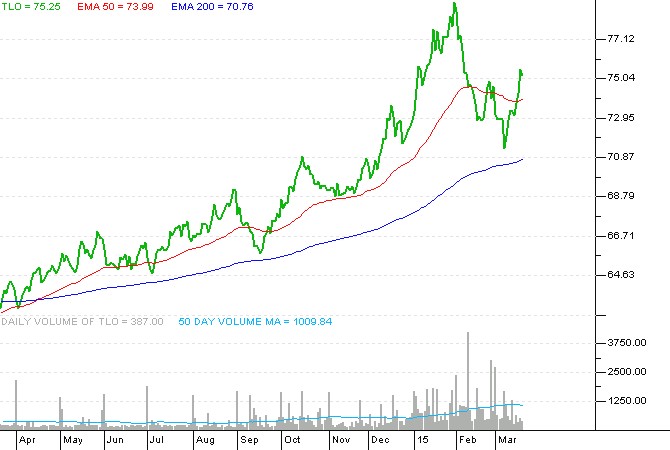Active v With Bond ETFs
Post on: 6 Апрель, 2015 No Comment

Actively Managed ETFs News:
The active management vs. passive management continues to rage on with the exponential growth of exchange traded funds, most of which are passively managed, adding fuel to the fire.
However, one area where actively managed ETFs have made decent inroads is fixed income. For the week ended, Oct. 17, nearly $8.7 billion of the combined assets in actively managed ETFs was allocated either to short-term bond funds of global bond ETFs with another $1.2 billion going to foreign bond funds, according to AdvisorShares data .
“Unlike their equity counterparts, fixed income ETFs gathered less fresh money than fixed income mutual funds during the first nine months of 2014 according to BlackRock. Though there are still a smaller number of highly liquid ETF choices for investors to consider, we think the driver behind the fund flow difference is that many investors believe that active management works better than passive with bonds. Unfortunately the data does not fully support this adage,” said S&P Capital IQ in a new research note.
Actively managed bond ETFs have their advantages, including a manager’s ability to more nimbly navigate changing interest rate environments while skirting illiquid corners of the bond market, but some passive bond funds offer their own advantages.
“Just a shockingly low 1.1% government long fund outperformed the Barclays Long Government index over the three year period ended June 2014 and only 3.5% outperformed when looking back to five years. This certainly suggests to us that looking at the SPDR Barclays Long Treasury (NYSEArca: TLO ) is appropriate since finding those hidden gems is a challenge. While there is a cost to the ETF, unlike the Barclays benchmark, we believe it is quite modest at 0.14%. The ETF offers a 2.7% 30-day SEC yield and has duration of approximately 16 years,” said S&P Capital IQ.
TLO, which S&P Capital rates overweight, has enjoyed a banner as the 26.1% tumble in 10-year Treasury yields has sent investors flocking to long-dated bond ETFs and shares of those funds soaring. TLO has surged 16.4% year-to-date while hauling in over $86 million in new assets. [Government Bond ETFs Remain Safe Bets]
At the other end of the fixed income risk ledger, actively managed junk bond ETFs have shown some promise as management teams have displayed an ability to trim duration while focusing on more liquid areas of the high-yield market. However, the rub is that active junk bond funds (ETFs or mutual funds) often feature high fees. [Low Duration Junk Bond ETFs in the Spotlight]
“Meanwhile, only 14% of high yield funds outperformed the Barclays High Yield index over three years and only 15% did so looking back five years. Considering the average high yield mutual fund has a hefty1.14% expense ratio that eats into returns, this should not be too surprising,” according to S&P Capital IQ.
The research firm has an overweight rating on the SPDR Barclays High Yield Bond ETF (NYSEArca: JNK ). JNK, the second-largest junk bond ETF by assets, charges just 0.4% per year.
In June, the spread between B-rated bonds and Treasuries tightened to 320 basis points, or 200 basis points below its 25-year average. Now, the spread has widened back to about 430 basis points. After the recent selling, bond yields have inched higher – bond prices and yields have an inverse relationship.
SPDR Barclays Long Term Treasury ETF
Tom Lydon’s clients own shares of JNK.














